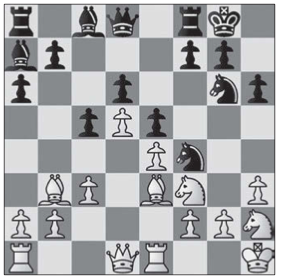TITLE: Concrete Play Trumps All
AUTHOR: Eugene Wallingford
DATE: November 25, 2014 1:43 PM
DESC:
-----
BODY:
One of the lessons taught by the computer is that concrete play
trumps all.
This comment appeared in the review of a book of chess analysis
[
paywalled
].
The reviewer is taking the author to task for talking about the
positional factors that give one player "a stable advantage" in
a particular position, when a commercially-available chess
program shows the other player can equalize easily, and perhaps
even gain an advantage.
It is also a fitting comment on our relationship with computers
these days more generally. In areas such as search and language
translation, Google helped us see that conventional wisdom can
often be upended by a lot of data and many processors. In AI,
statistical techniques and neural networks solve problems in
ways that models of human cognition cannot. Everywhere we turn,
it seems, big data and powerful computers are helping us to
redefine our understanding of the world.
We humans need not lose all hope, though. There is still room
for building models of the world and using them to reason, just
as there is room for human analysis of chess games. In chess,
computer analysis is pushing grandmasters to think differently
about the game. The result is a different kind of understanding
for the more ordinary of us, too. We just have to be careful to
check our abstract understanding against computer analysis.
Concrete play trumps all, and it tests our hypotheses. That's
good science, and good thinking.
~~~~
(The chess position is from Areschenko-Johannessen 2006-2007,
used as an example in Chess Training for Post-Beginners
by Yaroslav Srokovski and cited in John Hartmann's review of the
book in the November 2014 issue of Chess Life.)
-----

